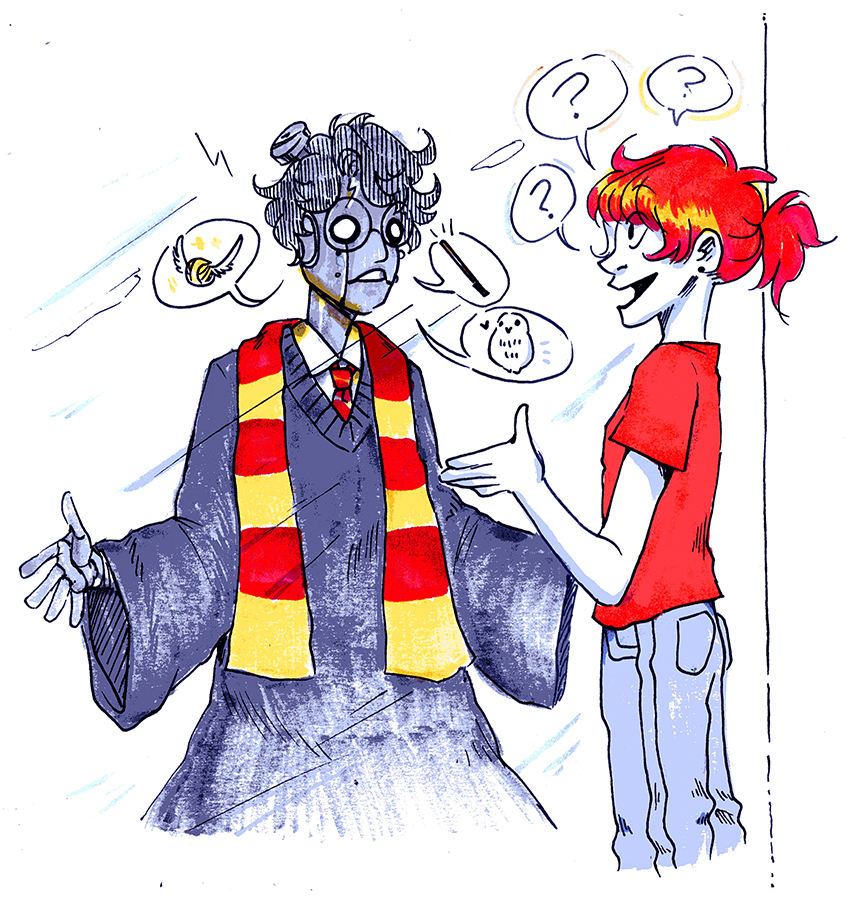Fans of J.K. Rowling’s popular book franchise can now talk to Harry about butterbeer, their favorite Bertie Bott’s flavor or how it feels to cast a spell. This new trick isn’t magic — it’s artificial intelligence.
Computer scientists at The University of Texas at El Paso have created a virtual Harry Potter that users can interact with. Instead of in a cupboard, Harry Potter now lives behind a screen attached to a microphone, which people use to ask him questions. The project is meant to make people more comfortable interacting with artificial intelligence and to teach computers how to perform additional tasks, such as teaching or physical therapy.
The team used IBM Watson technology along with their own to create an AI with all of the knowledge of the Harry Potter universe, which can answer any questions using information from the books. Watson, a supercomputer that uses AI to answer questions, was designed to play the game show “Jeopardy!”
The character of Harry Potter was chosen specifically because the information from the seven books is not conflicting or overwhelming for an AI, said Iván Gris, a post-doctoral fellow at UT El Paso. Harry serves as a familiar figure to most people, helping researchers study how to build rapport between humans and computers.
The project is designed to capture people’s interest while researchers study their reactions. Rather than type on a computer, people can speak to Harry in a more natural setting while secret cameras record users’ reactions to the AI’s behavior.
“We were trying to integrate technology to make it easier to befriend characters,” Gris said. “There are a lot of different uses … healthcare, therapy, education.”
According to Gris, this AI is not intended as a form of automation or to replace teachers and therapists but rather is meant to add functionalities to computers and provide services to people in areas without these resources.
People already interact with artificial intelligence when they use Siri on their iPhones or a Roomba to clean their living rooms.
Gris works on breaking the fourth wall of human-computer interaction. By breaking it, people and computers can speak directly to each other, which is something the Harry Potter prototype works towards.
“Talking to a PC, sometimes you control a character but the characters in that game talk to your character, not to you,” Gris said. “The fourth wall is what’s dividing you, the person, from the virtual characters. Breaking the fourth wall is removing that middle man.”
The Harry Potter project is just one of many aimed at using AI to help people. The University of Southern California’s Institute for Creative Technologies features holograms of Holocaust survivors, where people can listen to testimonies and ask about survivors’ experiences from the future. The institute also offers post-traumatic stress disorder treatment through virtual reality exposure therapy.
Scientists are also working on making computers that can understand humans and react appropriately.
“Imagine building a system that knows when you’re not understanding, when you’re confused, when you are getting it and getting bored,” Gris said. “It’s sort of like adding human traits to a computer.”















